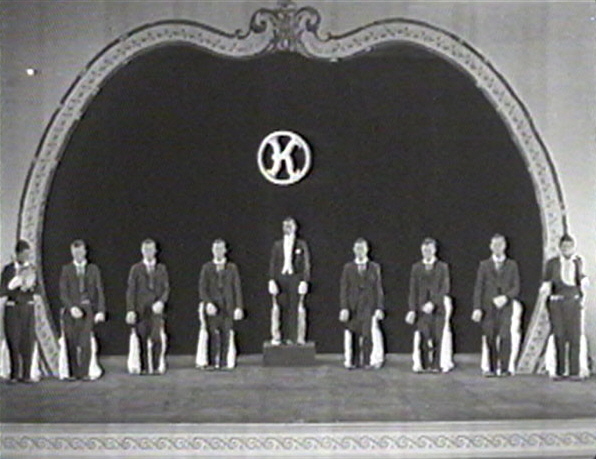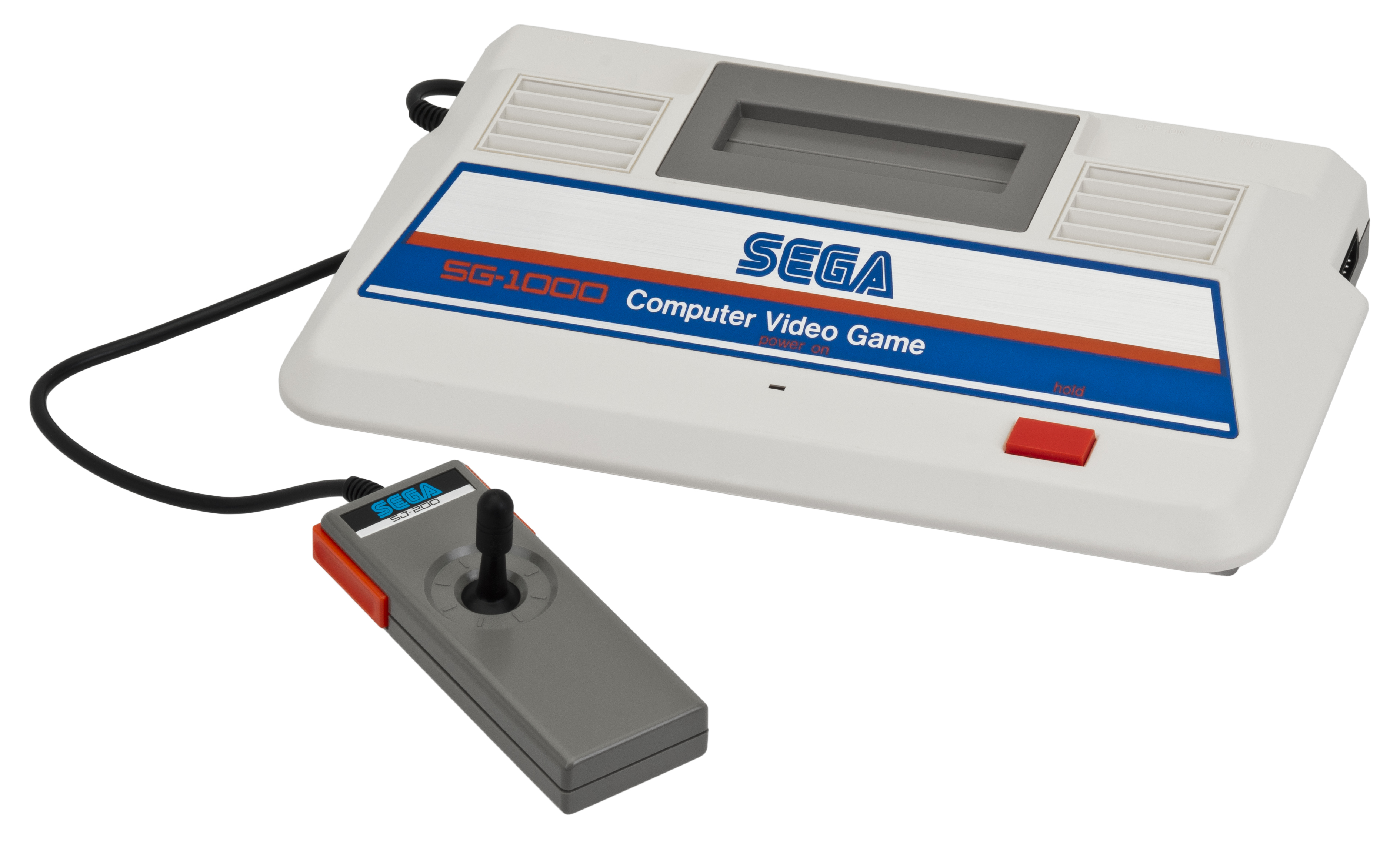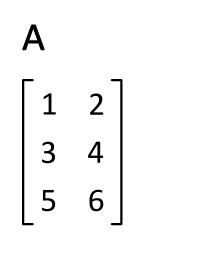|
Parallax Scrolling
Parallax scrolling is a technique in computer graphics where background images move past the camera more slowly than foreground images, creating an illusion of depth in a 2D scene of distance. The technique grew out of the multiplane camera technique used in traditional animation since the 1930s. Parallax scrolling was popularized in 2D computer graphics with its introduction to video games in the early 1980s. Some parallax scrolling was used in the arcade video game ''Jump Bug'' (1981). It used a limited form of parallax scrolling with the main scene scrolling while the starry night sky is fixed and clouds move slowly, adding depth to the scenery. The following year, '' Moon Patrol'' (1982) implemented a full form of parallax scrolling, with three separate background layers scrolling at different speeds, simulating the distance between them. ''Moon Patrol'' is often credited with popularizing parallax scrolling. '' Jungle King'' (1982), later called ''Jungle Hunt'', also had p ... [...More Info...] [...Related Items...] OR: [Wikipedia] [Google] [Baidu] |
Compositing
Compositing is the process or technique of combining visual elements from separate sources into single images, often to create the illusion that all those elements are parts of the same scene. Live action, Live-action shooting for compositing is variously called "chroma key", "blue screen", "green screen" and other names. Today, most compositing is achieved through digital image manipulation. Pre-digital compositing techniques, however, go back as far as the trick films of Georges Méliès in the late 19th century, and some are still in use. Basic procedure All compositing involves the replacement of selected parts of an image with other material, usually, but not always, from another image. In the digital method of compositing, software commands designate a narrowly defined color as the part of an image to be replaced. Then the software (e.g. Natron (software), Natron) replaces every pixel within the designated color range with a pixel from another image, aligned to appear ... [...More Info...] [...Related Items...] OR: [Wikipedia] [Google] [Baidu] |
History Of Video Game Consoles (fourth Generation)
In the history of video games, the fourth generation of video game consoles, more commonly referred to as the 16-bit era, began on October 30, 1987, with the Japanese release of NEC Home Electronics' PC Engine (known as the TurboGrafx-16 in North America). Though NEC released the first console of this era, sales were mostly dominated by the rivalry between Sega and Nintendo across most markets: the Sega Mega Drive (known as the Sega Genesis in North America) and the Super Nintendo Entertainment System (known as the ''Super Famicom'' in Japan). Cartridge-based handheld game consoles became prominent during this time, such as the Nintendo Game Boy, Atari Lynx, Sega Game Gear and TurboExpress. Nintendo was able to capitalize on its success in the third generation, and managed to win the largest worldwide market share in the fourth generation as well. However, particularly in the lucrative North American market, there was a fierce console war that raged through the early 1990s, w ... [...More Info...] [...Related Items...] OR: [Wikipedia] [Google] [Baidu] |
History Of Video Game Consoles (third Generation)
In the history of video games, the third generation of video game consoles, commonly referred to as the 8-bit era, began on July 15, 1983, with the Japanese release of two systems: Nintendo's Family Computer (commonly abbreviated to '' Famicom'') and Sega's SG-1000. When the Famicom was released outside of Japan, it was remodeled and marketed as the Nintendo Entertainment System (NES). This generation marked the end of the video game crash of 1983, and a shift in the dominance of home video game manufacturers from the United States to Japan. Handheld consoles were not a major part of this generation; the Game & Watch line from Nintendo (which started in 1980) and the Milton Bradley Microvision (which came out in 1979) that were sold at the time are both considered part of the previous generation due to hardware typical of the second generation. Improvements in technology gave consoles of this generation improved graphical and sound capabilities, comparable to golden age ... [...More Info...] [...Related Items...] OR: [Wikipedia] [Google] [Baidu] |
Horizontal Blanking Interval
Horizontal blanking interval refers to a part of the process of displaying images on a computer monitor or television screen via raster scanning. CRT screens display images by moving beams of electrons very quickly across the screen. Once the beam of the monitor has reached the edge of the screen, it is switched off, and the deflection circuit voltages (or currents) are returned to the values they had for the other edge of the screen; this would have the effect of retracing the screen in the opposite direction, so the beam is turned off during this time. This part of the line display process is the Horizontal Blank. In detail, the Horizontal blanking interval consists of: * front porch – blank while still moving right, past the end of the scanline, * sync pulse – blank while rapidly moving left; in terms of amplitude, "blacker than black". * back porch – blank while moving right again, before the start of the next scanline. Colorburst occurs during the back porch, and un ... [...More Info...] [...Related Items...] OR: [Wikipedia] [Google] [Baidu] |
Raster Graphics
upright=1, The Smiley, smiley face in the top left corner is a raster image. When enlarged, individual pixels appear as squares. Enlarging further, each pixel can be analyzed, with their colors constructed through combination of the values for red, green and blue. In computer graphics and digital photography, a raster graphic, raster image, or simply raster is a two-dimensional image or picture represented as a rectangular Matrix (mathematics), matrix or grid of pixels, viewable via a computer display, paper, or other display medium. A raster image is technically characterized by the width and height of the image in pixels and by the number of bits per pixel. Raster images are stored in image files with varying dissemination, production, generation, and acquisition formats. The printing and prepress industries know raster graphics as contones (from "continuous tones"). In contrast, '' line art'' is usually implemented as vector graphics in digital systems. Many raster ... [...More Info...] [...Related Items...] OR: [Wikipedia] [Google] [Baidu] |
Sensible Software
Sensible Software was a British software company founded by Jon Hare and Chris Yates which was active from March 1986 to June 1999. It released seven number-one hit games and won numerous industry awards. The company used exaggeratedly small sprite (computer science), sprites as the player characters in many of their games, including ''Mega Lo Mania'', ''Sensible Soccer'', ''Cannon Fodder (video game), Cannon Fodder'' and ''Sensible Golf''. History 8-bit era Sensible Software was formed in Chelmsford, Essex in 1986 by two former school friends, Jon Hare and Chris Yates. They worked for nine months at LT Software in Basildon, and started Sensible Software in March 1986. Sensible initially released games for the ZX Spectrum and later the Commodore 64, clinching market praise with ''Parallax (video game), Parallax'', ''Shoot'Em-Up Construction Kit'' and ''Wizball'' (later voted Game of the Decade by ''Zzap!64'' magazine). At the time, the pair's output was well known among gamers ... [...More Info...] [...Related Items...] OR: [Wikipedia] [Google] [Baidu] |
Color Cycling
Color (or colour in Commonwealth English; see spelling differences) is the visual perception based on the electromagnetic spectrum. Though color is not an inherent property of matter, color perception is related to an object's light absorption, emission, reflection and transmission. For most humans, colors are perceived in the visible light spectrum with three types of cone cells (trichromacy). Other animals may have a different number of cone cell types or have eyes sensitive to different wavelengths, such as bees that can distinguish ultraviolet, and thus have a different color sensitivity range. Animal perception of color originates from different light wavelength or spectral sensitivity in cone cell types, which is then processed by the brain. Colors have perceived properties such as hue, colorfulness (saturation), and luminance. Colors can also be additively mixed (commonly used for actual light) or subtractively mixed (commonly used for materials). If the colors a ... [...More Info...] [...Related Items...] OR: [Wikipedia] [Google] [Baidu] |
Risky Woods
''Risky Woods'' is a fantasy-themed, side-scrolling platform game developed by Dinamic Software and Zeus Software and published by Electronic Arts in 1992. It was released as in Japan. Plot The ancient monks who preserve the wisdom of the Lost Lands have been frozen in stone by antagonist Draxos and his minions. Young protagonist Rohan must plunge into the Risky Woods to release them. Gameplay Most of ''Risky Woods'' involves Rohan running and jumping between ledges, and fighting monsters while freeing the monks from stone. There are four worlds, each with two levels. At the end of each world, the player faces a guardian/boss. The different worlds include the Mountain Pass, Hanging Gardens, Catacombs, and the Hidden World. Rohan is initially armed with an infinite amount of throwing knives. Both the standard monsters such as skeletons and flying demons drop coins once defeated. At the end of each level, coins can be spent at "Ye Olde Shoppe". Rohan can trade in his knives for ... [...More Info...] [...Related Items...] OR: [Wikipedia] [Google] [Baidu] |
Amiga
Amiga is a family of personal computers produced by Commodore International, Commodore from 1985 until the company's bankruptcy in 1994, with production by others afterward. The original model is one of a number of mid-1980s computers with 16-bit or 16/32-bit processors, 256 KB or more of RAM, mouse-based GUIs, and significantly improved graphics and audio compared to previous 8-bit systems. These include the Atari ST as well as the Macintosh 128K, Macintosh and Acorn Archimedes. The Amiga differs from its contemporaries through custom hardware to accelerate graphics and sound, including sprite (computer graphics), sprites, a blitter, and four channels of sample-based audio. It runs a pre-emptive multitasking operating system called AmigaOS, with a desktop environment called Workbench (AmigaOS), Workbench. The Amiga 1000, based on the Motorola 68000 microprocessor, was released in July 1985. Production problems kept it from becoming widely available until early 1986. While ... [...More Info...] [...Related Items...] OR: [Wikipedia] [Google] [Baidu] |
Final Fight (video Game)
is a 1989 beat 'em up, beat 'em up game developed and published by Capcom for Arcade video game, arcades. It is the seventh title released for the CP System hardware. Set in the fictional Metro City, the player controls one of three street fighters: former pro wrestler and city mayor Mike Haggar, expert brawler Cody (Final Fight), Cody Travers, and modern-day ninja Guy (Final Fight), Guy. The trio set out to rescue Jessica (Haggar's daughter and Cody's girlfriend) when she is kidnapped by the Mad Gear Gang. The game began development as a sequel to the original ''Street Fighter (video game), Street Fighter'' released in 1987, under the working title but the genre was switched from a fighting game to a beat 'em up and the title was changed to ''Final Fight'' following the success of Technōs Japan's Double Dragon (video game), Double Dragon. ''Final Fight'' was Video game port, ported to various home computers and consoles, including the ZX Spectrum, Super NES and Sega CD. It be ... [...More Info...] [...Related Items...] OR: [Wikipedia] [Google] [Baidu] |






